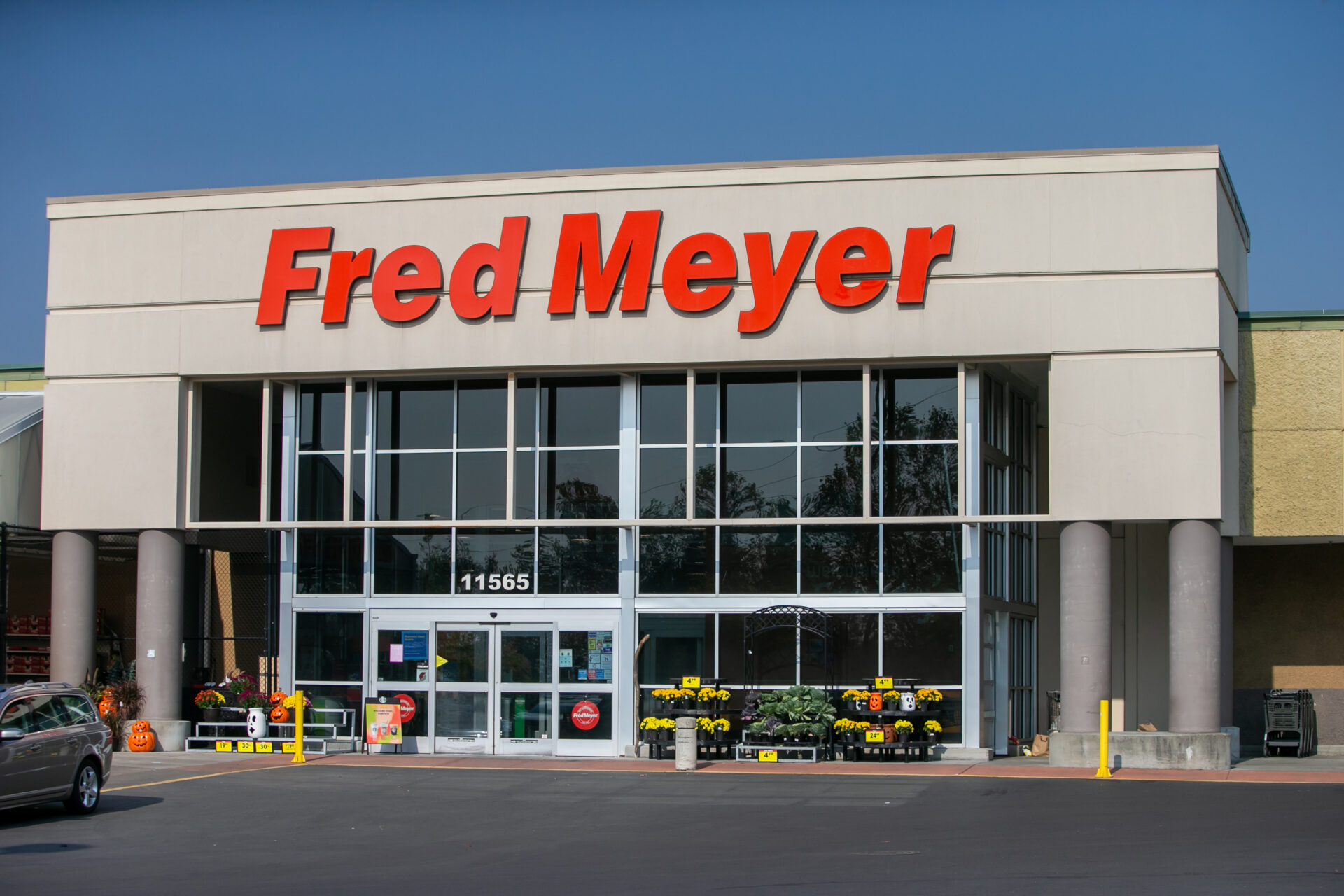The Evolution of Fred Meyer: A Pioneer in One-Stop Shopping
By Sarah Bennett, Retail Industry Historian

Introduction
In the world of retail, few names are as synonymous with innovation as Fred Meyer. As one of the first companies to champion the concept of "one-stop shopping," Fred Meyer revolutionized how people shop. By integrating diverse product categories under one roof, the brand has cemented its place in retail history. Since its founding in 1922, Fred Meyer has remained a cornerstone in the Pacific Northwest and beyond, later becoming a significant part of the Kroger Family of Companies through a landmark acquisition in 1998. Let’s take a closer look at the journey of this trailblazing retailer.
History of Fred Meyer
Fred Meyer was founded in 1922 by Fred G. Meyer in Portland, Oregon. The ambitious entrepreneur had a simple but revolutionary idea: offer customers everything they need in a single store. Long before "convenience" became a retail buzzword, Fred Meyer was ahead of its time, providing groceries, clothing, hardware, and more under one roof.
Fred G. Meyer’s early business ventures set the stage for the creation of his namesake brand. His vision of consolidating multiple services in one location not only streamlined the shopping process but also laid the foundation for the modern supermarket and hypermarket models we see today. Over time, the brand grew to become a staple in the Pacific Northwest, eventually expanding to Alaska and other regions.
Key Acquisitions and Growth
Fred Meyer’s growth journey is marked by strategic acquisitions that strengthened its foothold in the retail industry. In the 1960s, it acquired Marketime Drugs and The Roundup Company, expanding its product offerings even further. This move allowed Fred Meyer to enhance its already-diverse lineup and attract a broader customer base.
The 1970s brought additional growth opportunities with the purchases of Valu-Mart and Leslie’s stores, helping Fred Meyer solidify its presence in the competitive retail landscape. However, one of the most pivotal milestones came in 1997, when the company acquired grocery giants Smith's Food and Drug, Ralphs, and QFC (Quality Food Centers). These acquisitions showcased Fred Meyer’s aggressive expansion strategy and its commitment to broadening its influence across the country.
The following year, in 1998, Fred Meyer reached a new pinnacle by entering into an acquisition agreement with Kroger, one of the largest supermarket chains in the United States. This acquisition integrated Fred Meyer into Kroger’s diverse portfolio and further reinforced the company’s legacy as a retail pioneer.
Impact and Legacy
Fred Meyer’s groundbreaking one-stop shopping model has left an indelible impact on the retail industry. By merging groceries, home goods, clothing, and more into a single store, the company simplified the shopping experience for millions of customers. This innovative approach inspired countless retail chains worldwide to adopt a similar model, shaping the future of modern shopping.
Today, under Kroger’s ownership, Fred Meyer continues to operate as a key player in the Kroger Family of Companies. With over 130 stores across the Pacific Northwest and beyond, Fred Meyer remains a customer favorite, offering the same convenience, variety, and innovation that first put it on the map. Its commitment to community involvement and sustainable practices further underscores its importance as more than just a retail chain – it’s a cultural institution.
Conclusion
From its humble beginnings in Portland in 1922 to becoming a cornerstone of the Kroger retail empire, Fred Meyer has had an extraordinary journey. Its pioneering one-stop shopping model revolutionized the way people shop, leaving a legacy that continues to influence the retail landscape to this day. Whether you're stocking up on groceries, picking up a new outfit, or shopping for home essentials, Fred Meyer’s unique blend of convenience and variety ensures its place as a retail icon for generations to come.
